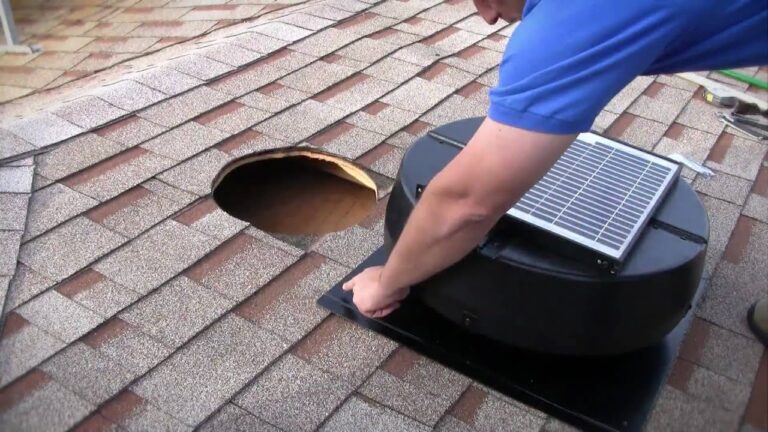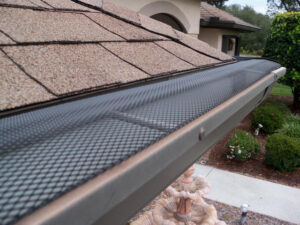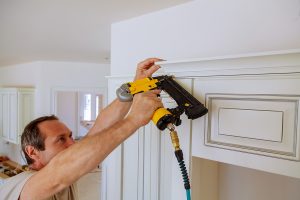A solar attic fan is a vertical turbine installed on the roof that is powered by the sun. When the sun reaches the solar panels it starts to spin and acts to draw out the warm air in the home. As a house warms up the heat rises and then when it reaches the attic it is drawn out keeping the home cooler. The fan also draws in cool air from outside. A solar attic fan installation is something best left done to a professional. When you are having to take out the old ventilation or electric fan and you just want to put in the fan that is fairly simple but when it comes to things like adding ventilation when you are not skilled or experienced it makes sense to use people who have done it before!
Here is a list of tools required and some of the steps involved so you understand the process and what the benefits are of installing a solar attic fan. If you are based in the UK, then Crown Crawley Roofing offers some great tips on how to do this in your country!
Table of Contents
Steps for DIY solar attic fan installation
Tools: Utility knife, claw hammer, pry bar, roofing nails and decking screws, caulk gun, reciprocating saw, driver or drill, roofing sealant that may come with the fan and chalk.
- First of all, you or your chosen contractor will go into the attic space and mark where the fan is between the two rafters. Then in the exact center drive a nail in so when you go to the roof you can find the nail and know where the fan is.
- Take the diameter of the fan and then halve it. Cut a bit of string a half more than that number and tie one end to the nail stickup up and the other to the chalk. Draw a circle on the roof.
- Using your utility knife cut around that chalk circle then remove the shingles and nails from the area inside the circle. Take the chalk and string and when you expose the wood section of the roof mark again the circle.
- With the reciprocating saw, you are going to cut that circle to put a hole in the roof. To ensure there is room for the fan’s flashing remove the shingles from that area.
- With the fan should some roofing sealant so place down a continuous bead. If there was none, buy some it prevents leaks through the new fan.
- Next on the solar attic fan installation is placing the fan over the opening and using the decking screws to screw it to the roof.
- Around the flashing use some more sealant to prevent the wood from rotting and from developing a slow leak.
- Finally, replace the shingles using the roofing nails and try to place them as tight as possible. Use more sealant where needed.
Benefits to changing to a solar attic fan
There are a lot of benefits to choosing a solar attic fan over an electric attic fan so here is a look at a few of them.
1. Easy to install and more affordable
With electric roof fans, you need a licensed qualified electrician to wire it to your electrical system and the work needs a permit. It takes longer and costs more. To install solar powered attic fan there is no electrical setup required so no electrician is needed. It takes at most a couple of hours.
2. Runs for longer
Most electric-powered fans have a thermostat so that it starts spinning only when a certain temperature is reached up there. This is to save power. But since heat rises, downstairs in the home it is hotter and has been for long before the fan kicks in. Putting in a gable solar attic fan starts when the sun hits the panels and operates for longer so air start circulating sooner and for longer.
3. Costs nothing once running
With electric fans, you pay for the power they use, as well as for the fan itself and for its installation. For a solar-powered attic fan, there is no running cost at all, you just have the initial cost of purchasing the fan itself.
4. Better for the environment
As stated electric fans require power so that means burning fossil fuels and such to create your electricity. This contributes to the pollution of the planet and to global warming. A solar fan is a great way to reduce your carbon footprint because it is a better choice of energy.
Walt moonlights as a handyman after getting off his busy job as a commodities trader. He enjoys writing about all things related to DIY, home improvement, etc.








